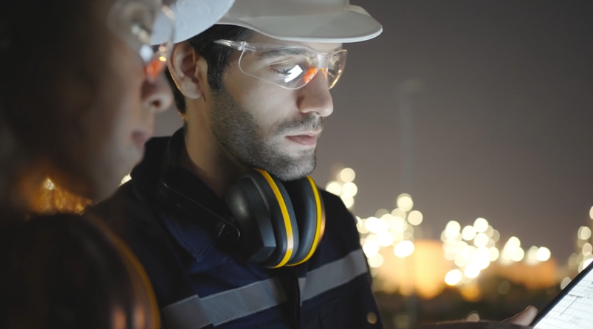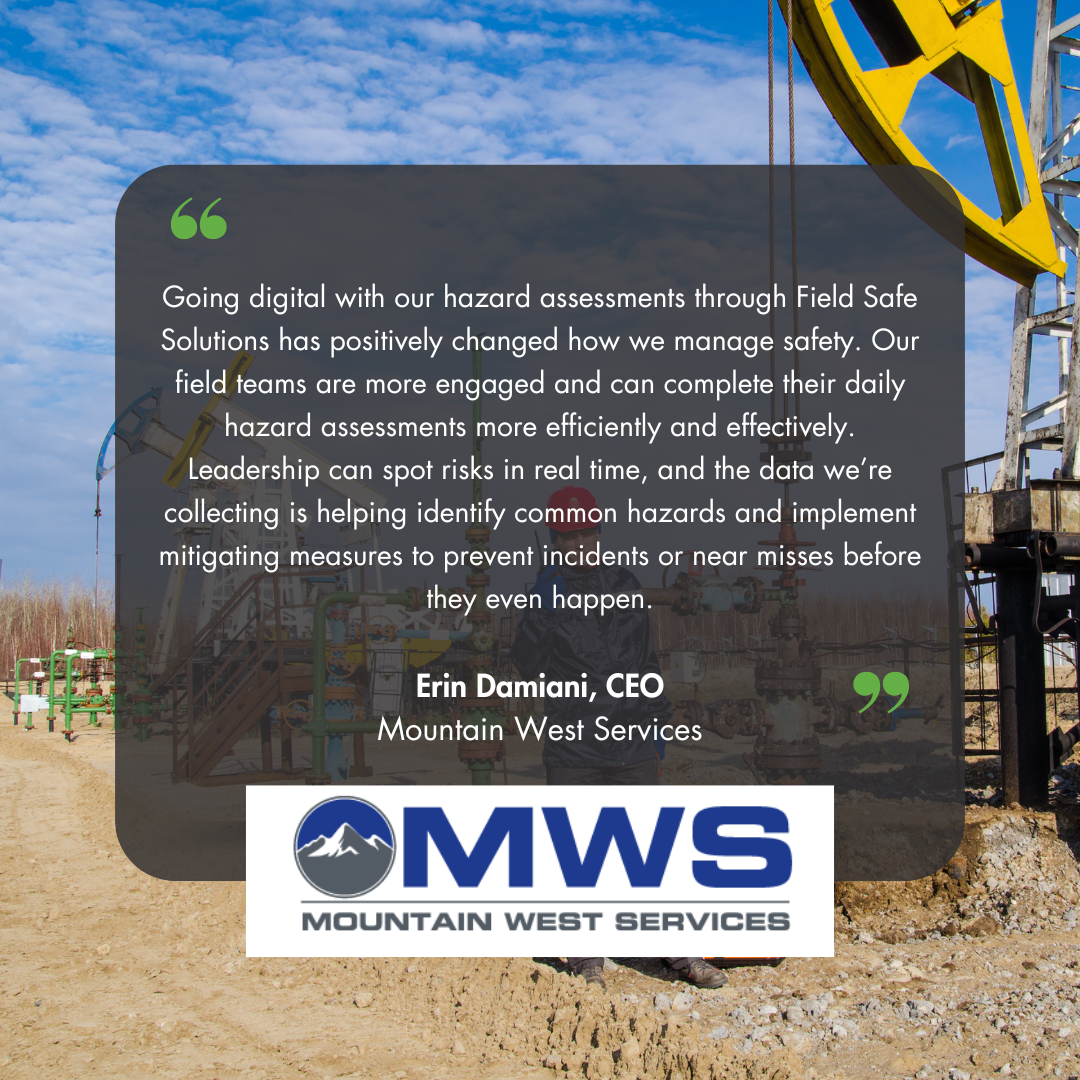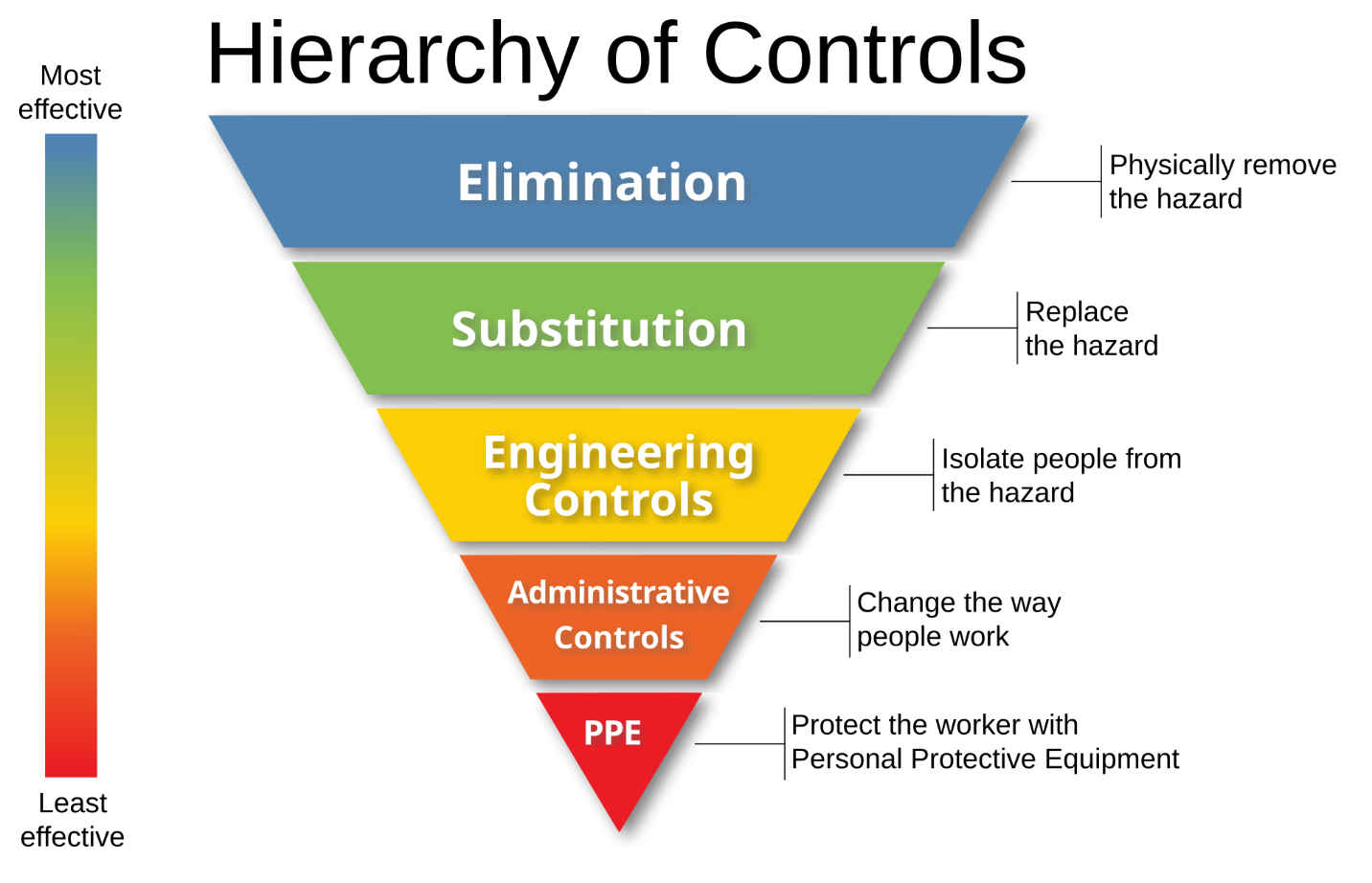
In high-risk industries (from energy and utilities to property management, healthcare, and land services), Field Level Hazard Assessments (FLHAs) are the backbone of workplace safety. They ensure hazards are identified, assessed, and controlled before work begins. Yet many organizations still rely on outdated, paper-based systems that slow down reporting, limit visibility, and prevent real-time decision-making.
The good news? Technology is changing that. Across North America, digital FLHAs are transforming how companies keep workers safe.

Despite years of progress in workplace safety, data from 2023 (the most recent year of complete data) confirms that risk remains high:
These numbers tell a consistent story: FLHAs remain essential to saving lives, reducing liability, and meeting compliance standards.
Safety leaders often ask: Can safety transformation prove its ROI?
To understand the real-world impact of digitizing FLHA’s, Field Safe analyzed results from a major North American energy-infrastructure organization operating thousands of remote sites. Over the course of one year, this company used Field Safe’s digital FLHA platform to modernize its safety program. The initiative generated detailed data that revealed measurable efficiency gains, cost savings, and stronger compliance performance, results now reflected across other Field Safe client sites.
Within the first month:
· 7,889 digital FLHAs were completed across field operations.
· 40,000hazards and 65,000 mitigation controls were identified and tracked in real time.
· 80 percent adoption was achieved within the first four weeks, an unprecedented rate for a safety-system rollout.
· 15 minutes saved per submission, which translates into nearly 2,000 hours of reclaimed field time annually.
· Combined cost avoidance exceeded $375,000 per year, driven by administrative efficiency, reduced incidents, and fewer compliance fines

This wasn’t just a process improvement; it was a cultural shift. Workers moved from checking boxes on paper to actively identifying and managing risks. Supervisors gained immediate visibility into hazards, enabling them to make proactive decisions and take faster corrective action.
.png)
Field Safe’s experience across multiple industries shows that digitization delivers value far beyond efficiency. Key innovations are reshaping how organizations approach risk management:
Field Safe’s digital FLHA delivers significant value by making risk data visible, actionable, and measurable. By digitizing hazard assessments, organizations can analyze patterns across sites, crews, and activities to identify recurring issues, high-risk trends, and opportunities for upstream intervention such as process redesign, substitution, or improved engineering controls.
The Hierarchy of Controls is a globally recognized safety framework (endorsed by OSHA, NIOSH, and CCOHS) that ranks how to best reduce workplace risks from most effective to least:
Why It Matters: The proactive use of Field Safe’s digital FLHA shifts safety from a reactive, form-based exercise to a continuous improvement process that strengthens decision-making, compliance, and overall risk management effectiveness.

Whether you manage pipeline crews, maintenance technicians, or healthcare teams, these best practices apply across industries:
Technology is powerful, but people are the heart of safety culture. In the energy-sector implementation above, field technicians reported higher satisfaction and engagement, noting that digital tools:
Over time, this built trust and accountability between the field and leadership, hallmarks of a mature safety culture.
The next wave of safety technology will combine AI-driven analytics, wearable sensors, and connected field apps to predict and prevent incidents before they occur.
Studies from the National Safety Council (2023) and NIOSH (2023) confirm that digital safety systems can reduce incident rates by up to 20 percent and increase hazard-reporting accuracy by 25 percent. When paired with consistent worker engagement, the results are transformational.
Digitizing the FLHA process isn’t just about compliance; it’s about building resilience. With every digital submission, organizations gain insight that saves time, prevents injuries, and protects lives.
At Field Safe, our mission is to make safety simpler and smarter. Our mobile-first FLHA platform gives organizations the tools to complete assessments quickly, capture data accurately, and turn safety information into actionable intelligence because every minute saved, every hazard prevented, and every life protected matters.
Thanks for reading. If you would like more information about FLHAs, please contact Rayne Nichol, Director of Operations at RNICHOL@FIELDSAFESOLUTIONS.COM
Related Video: Digital Field Level Hazard Assessment
***
What is a Field Level Hazard Assessment (FLHA)?
A structured process used by field workers to identify, assess, and control hazards before starting a task.
Why are FLHAs critical in high-risk industries?
They reduce workplace injuries, ensure compliance, and build proactive safety cultures.
How do digital FLHAs improve safety?
They deliver real-time hazard tracking, analytics, and offline access, cutting paperwork time by 15 minutes per assessment and increasing field adoption rates by 80 percent.
Which industries benefit most?
Energy, utilities, property management, healthcare, and land services across Canada and the United States.
What is the ROI of digital FLHAs?
Up to $375,000 per year in cost avoidance through efficiency gains and incident prevention.